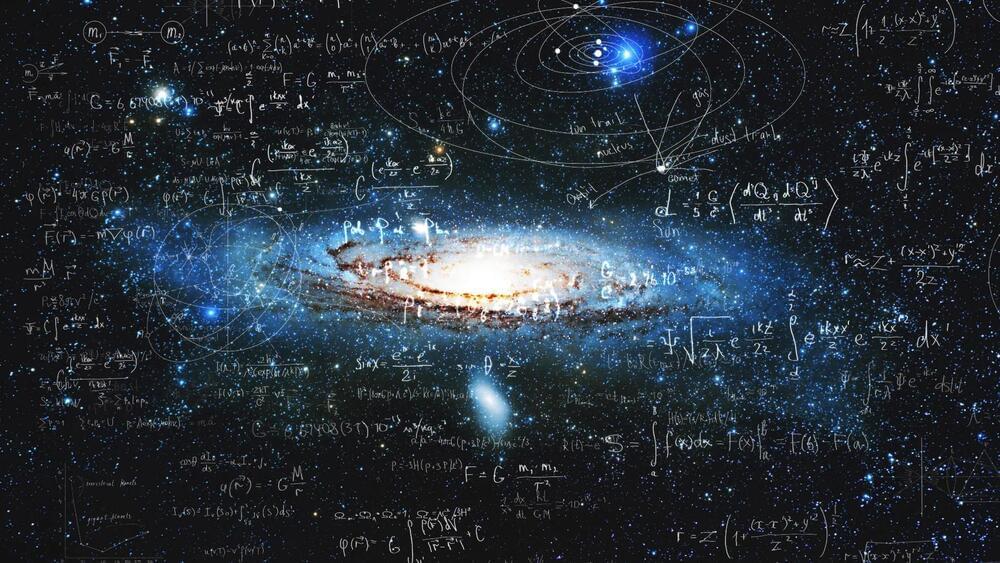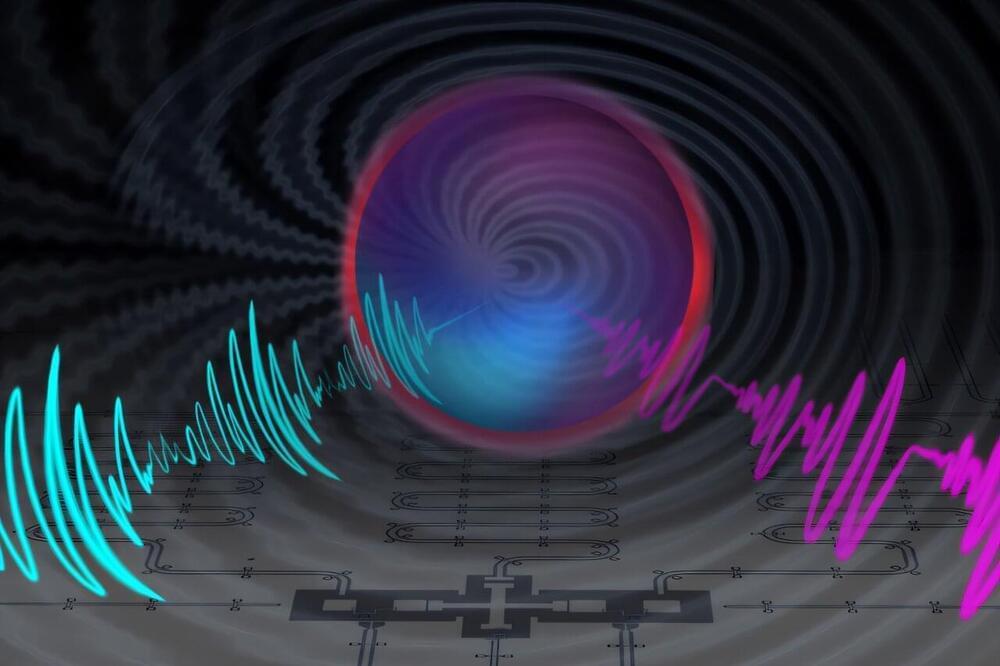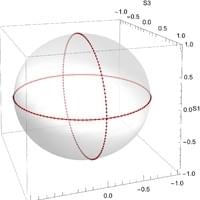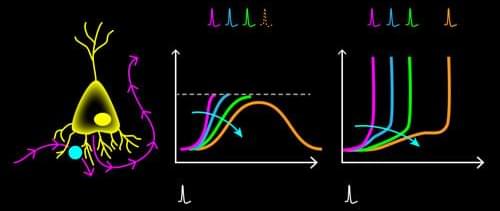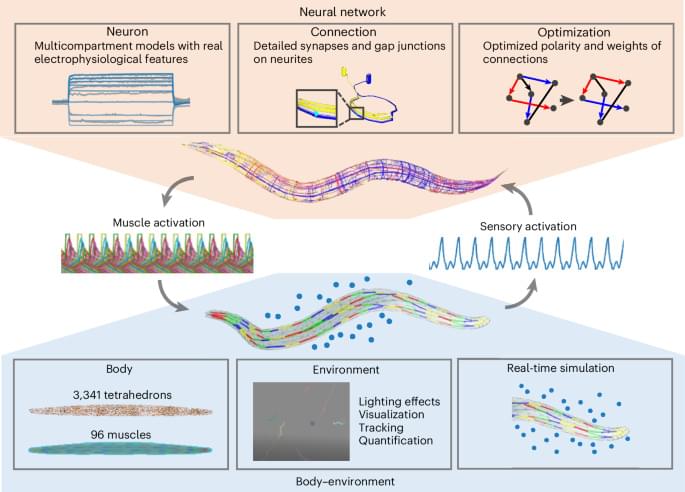In a bold new theory, researchers from Microsoft, Brown University, and other institutions suggest that the universe might be capable of teaching itself how to evolve. Their study, published on the preprint server arXiv, proposes that the physical laws we observe today may have emerged through a gradual learning process, akin to Darwinian natural selection or self-learning algorithms in artificial intelligence.
This radical idea challenges traditional cosmology by imagining a primitive early universe where physical laws like gravity were far simpler or even static. Over time, these laws “learned” to adapt into more complex forms, enabling the structured universe we observe today. For instance, gravity might have initially lacked distinctions between celestial bodies like Earth and the Moon. This progression mirrors how adaptable traits in biology survive through natural selection.
